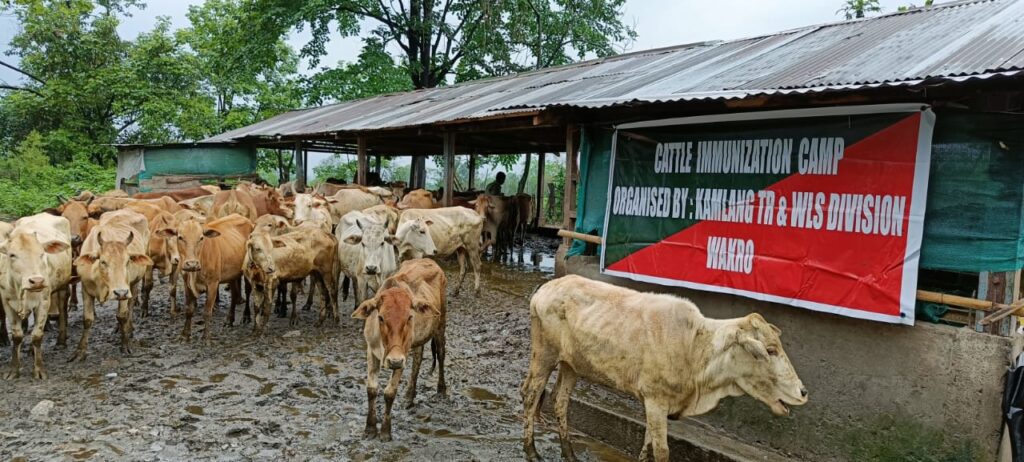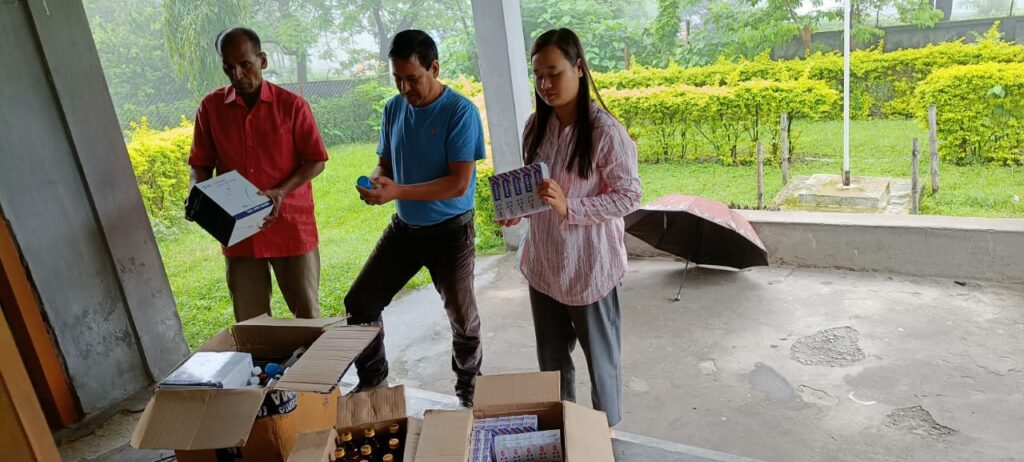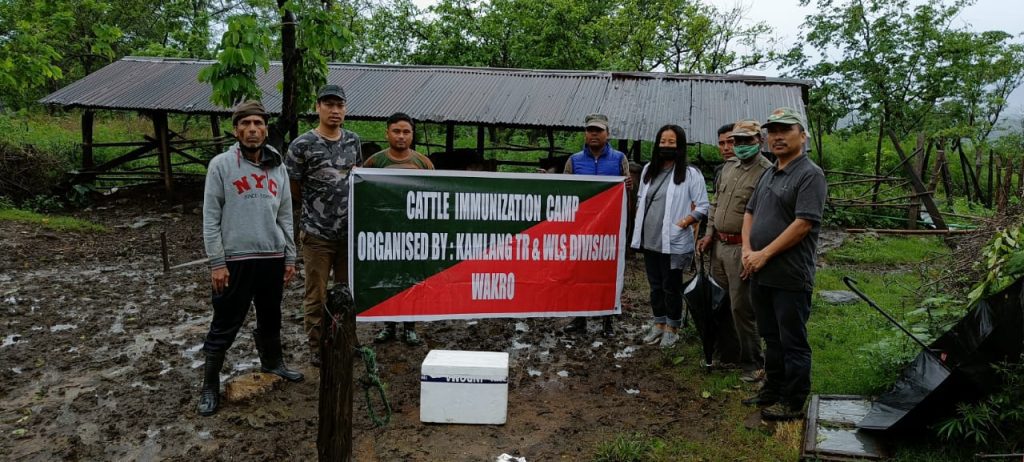The villages on the fringes of the Kamlang Tiger Reserve in Arunachal Pradesh are witnessing a massive immunisation drive these days. This immunisation is for the domestic cattle and the drive is being conducted by the Kamlang Tiger Reserve administration. This innovative step has been taken under the guidance of IFS officer Cheshta Singh who is currently posted here as the District Forest Officer.
The cattle are being immunised mainly to stop the spread of bovine diseases to wild animals in the sanctuary. The Reserve is organising such camps in several villages with active participation of the villagers.
THE DISEASE AND ITS EFFECTS
Speaking to Indian Masterminds, IFS officer Cheshta Singh said, “It’s a general issue. People living near a protected area like a wildlife sanctuary tend to keep cattle and other livestock with them. However, these cattle move inside the sanctuary sometimes, as it is a porous boundary, because of which, it becomes even harder to monitor each and every part.”

The bovine disease is a brain disorder in adult cattle that is transmissible to other animals and even to humans through diseased meat. The nature of the transmissible agent is not well understood; however, the most accepted theory is that the agent is a modified form of a normal protein known as prion protein.
Ms. Cheshta said, “It has been seen all over the world that when domestic cattle and other livestock go into the wildlife sanctuaries, it creates huge loss to the wild animals, as the disease turns out to be disastrous for them. Firstly, these animals are in the wild, so it gets more difficult to catch them or get a hold of them. Secondly, due to the rough terrain and short staff at the tiger reserve, it becomes riskier for such a disease to spread, as it might affect a lot of wild animals in the sanctuary.”

IMMUNISATION CAMPS
Looking at its side effects, the Kamlang Tiger Reserve started immunisation camps in around 12 fringe villages initially on an experimental basis to see whether it will be successful or not. Ms. Cheshta said, “We have limited our area to villages which are close to the sanctuary’s entrance gate and are making it a community-oriented initiative. Due to the short and lesser trained staff, we need the support of the community in this, as they are the best people to know about their cattle and livestock. Hence, this is more of an engagement programme.”

The officer also said that through this initiative, other transmissible diseases like swine flu and bird flu, which appear every year, might be prevented also. Apart from this, by this preventive method, the department can prevent transmission of diseases from cattle to other domestic animals, as well.

































